Sexual Dysfunction
What is Sexual Dysfunction?
Sexual dysfunction is an inability to initiate, perform, or enjoy intercourse. Even today, talking about these issues is a taboo in many cultures. Sexuality being a basic human need, passionate cravings, inhibitions and preferences should get their fair share of attention and consideration; but very few couples are able to express or discuss these openly.
Not just couples, several professional might also shy away from talking about this because they feel uncomfortable. And the inability to speak with family, friends or even a professional, exacerbates an already burgeoning dilemma about sexuality in people’s minds, which further wanes intimacy desires, and impairs performance. Sexual dissatisfaction is a significant contributor to relationship dissatisfaction and breakups.
Unquestionably, such problems influence the mood and self-esteem. Historically, sexuality has maintained strong socio-cultural psychological connotations. Men equate it with power and dominance, while women perceive it as a measure of their attractiveness and desirability. An inability to perform well in bed with a partner can arouse guilt, sadness, low self-regard, frustration, anxiety and depression. Sensual satisfaction is a two-way street and even if one of the partners is unable to offer or receive the sexual experience optimally, it strains their relationship in many ways.

What are the Types of Sexual Dysfunction?
Sex is natural and organic, and yet every step in the sexual act can go wrong. Restrictive upbringing, sexual misinformation, inadequate communication, previous unpleasant sexual experiences, and insecurity about the psychosexual role can make both men and women unsure of what to do in bed, such that they withdraw altogether. That is why lessened sexual desire or diminished interest in sexuality is rather common, though more so, in women.
Arousal difficulties like erectile dysfunction, premature ejaculation and delayed ejaculation have been linked with high performance anxiety in men (in the absence of other medical conditions). An associated anxious response in females is vaginal tightness or vaginismus that prevents penetration and if forced, can cause pain of intercourse or dyspareunia. Men and women both report orgasmic dysfunction also known as anorgasmia, which is a failure to experience orgasm at all. Some culturally specific conditions like DHAT syndrome involve misperceptions of potency loss on account of nocturnal emission of semen; and is common in northern India. These could be so severe that they contribute to neurotic anxiety and major depression.
Sexuality is a broad concept and goes beyond the physical act of attraction, foreplay, orgasm or its outward experience. The way one thinks, perceives and approaches sexuality, influences the interpersonal relationship and overall wellness of an individual. Some types of dysfunctions have been summarized below.
Low Libido
Erectile Dysfunction (ED)
ED is an inability to acquire or maintain a satisfactory erection. Men get erections by touch, mental imagery or during sleep. In the absence of surgery or injury, reasons for ED are nearly always psychological. ED leads to lost confidence and self-worth, if untreated.
Premature Ejaculation
Typically, premature ejaculators will only have about a minute or less of intravaginal time before they ejaculate. This could be a nerve dysfunction or a psychological hypersensitivity of the penis. Couples therapy helps work on lengthening excitation to ‘hold it in’.
Vaginismus
This is a tightening of the vaginal walls such that penetration is impossible. If forced, penile entry causes pain and discomfort. Negative past experiences may arouse fear or guilt, making the vagina like a closed door. In time, women anticipate it to bring vaginismus on.
Dyspareunia
Dyspareunia is painful intercourse, more frequently reported by women. Dry vagina, diminished desire (in low libido) could lead to vaginismus and if penile entry is forced, pain occurs. Physical causes contribute. A detailed gynecological examination is helpful.
Anorgasmia
This is an inability to orgasm in spite of adequate coital stimulation. It is frustrating, as pleasure and tension-release are amiss. This can be situation or partner specific; or persistent. Dual Sex Therapy is a structured way to help enhance such coital pleasure.
What causes Sexual Dysfunction?
Sexual functioning is a composite bio-psycho-social process, with neurological, vascular and endocrine system contributions. In addition to the biological factors, psychological variables like past sexual experiences, sexual expectations, emotional connectedness, mood disturbances, arguments, conflict, all impact the sexual desire and performance in couples.
Societal, religious and cultural beliefs color the sexual persona too. Sexual activity is more than a mere act, it incorporates several quality dynamics of the interpersonal relationship, with each partner bringing in unique attitudes, needs and responses into the coupling act. A rundown in any of these areas (just like any machine) could lead to performance malfunction. And then, humans are more complex than machines.
How Does One Treat Sexual Dysfunction?
Sexual dysfunction requires work with couples. There is no such thing as an uninvolved partner when it comes to committed relationships. Communication between both partners and their degree of compatibility makes a huge difference in sexual satisfaction. The partner may not be the cause of the problem but is always affected by it nonetheless. The Masters and Johnson Sex Therapy model incorporates self-awareness, problem identification, self-disclosure, blame avoidance and systematic action planning. Helen Kaplan’s approach seeks to heal sexual problems by working on desire, arousal and orgasm. Particularly desire problems are deeper seated and are psychologically and emotionally influenced.
Jack Annon’s PLISSIT approach is an acronym for P- permission, LI- limited information, SS- specific suggestion, and IT- intensive therapy. It’s a stepwise approach where information, education and behavior principles are applied based on the severity of the problem. Couple’s behavior sex therapy (CBST) on the other hand focuses on aberrant reinforcers like stress, fear, and avoidance and desensitizing the partners to make the sexual encounter pleasurable and not threatening.
Other approaches like rational emotive behavior therapy (REBT) and cognitive behavioral therapy (CBT) uses a more structured and systematic approach to understanding faulty thought processes and irrational expectations that limit sexual performance. As logic would expect, correcting irrational beliefs improves the sexual interaction outcome.
Dr Shefali Batra: Repairing Sexual Dysfunction
Discussing sex-related issues can be embarrassing especially when people carry deeply engrained feelings of guilt, shame and failure around it. Beating the stigma around the problem is imperative for easing apprehension. The first step is to connect with an experienced and empathic therapist with considerable experience in the field. And to have faith in the approach.
Nervousness and hesitancy are normal, but after a few sessions you will be able to build confidence in yourself, your partner, your therapist and the therapy process itself. This will allow you to be open to suggestions and direct you to more fulfilling sexuality, better relationship with your partner, and a positive outlook to life in general.
Sex therapy is aimed at increasing personal and interpersonal awareness of self as well as the partner’s needs. We encourage each participant to focus on the sensual experience rather than libido, ejaculation or orgasm as the sole goal of a sexual encounter. Denial of the problem will not make it go away. Dual Sex Therapy (DST) enriches the individual, as well as the relationship. Seek therapy now.
In her interviews with the digital magazine DailyO, Dr Shefali discussed Frequency of Sexuality. as well as the Art of Raunchy Sexual Conversations. Femina discussed Sex Therapy with Dr Shefali Batra, highlighting erogenous zones in the body and how to stimulate them for a better sexual experience.

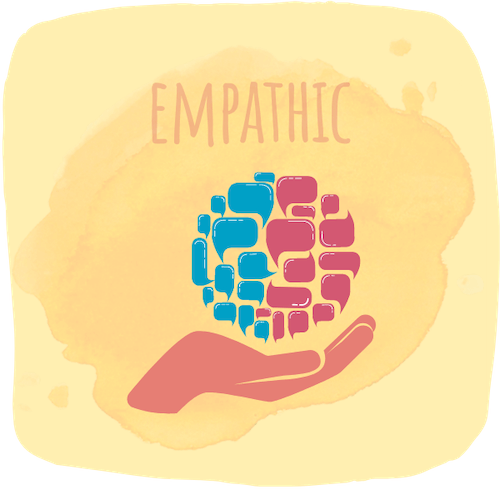
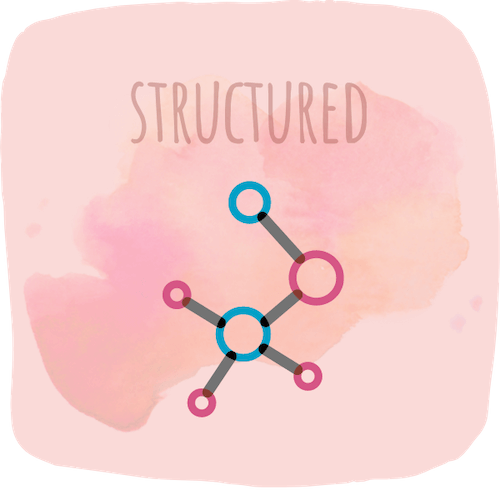

References
- Avasthi, A., Grover, S., & Sathyanarayana Rao, T. S. (2017). Clinical Practice Guidelines for Management of Sexual Dysfunction. Indian journal of psychiatry, 59(Suppl 1), S91–S115.
- Yafi, F. A., Jenkins, L., et al., (2016). Erectile dysfunction. Nature reviews. Disease primers, 2, 16003.
- Hawton, K., (1995). Treatment of sexual dysfunctions by sex therapy and other approaches. Br J Psychiatry; Sep;167(3):307-14.
Latest Posts
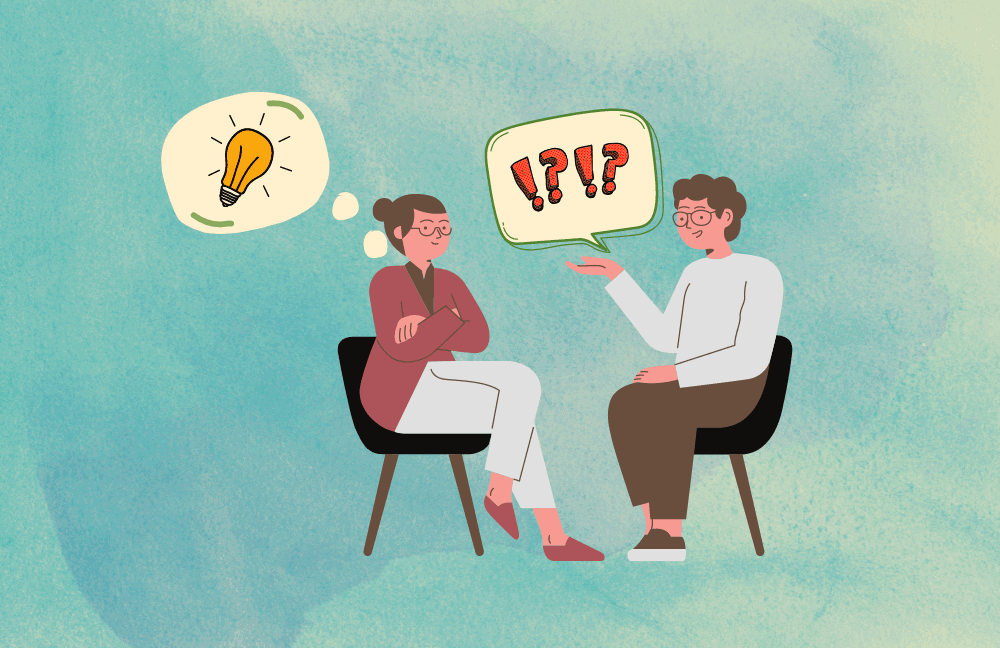
7 Reasons Why You Should Seek Therapy
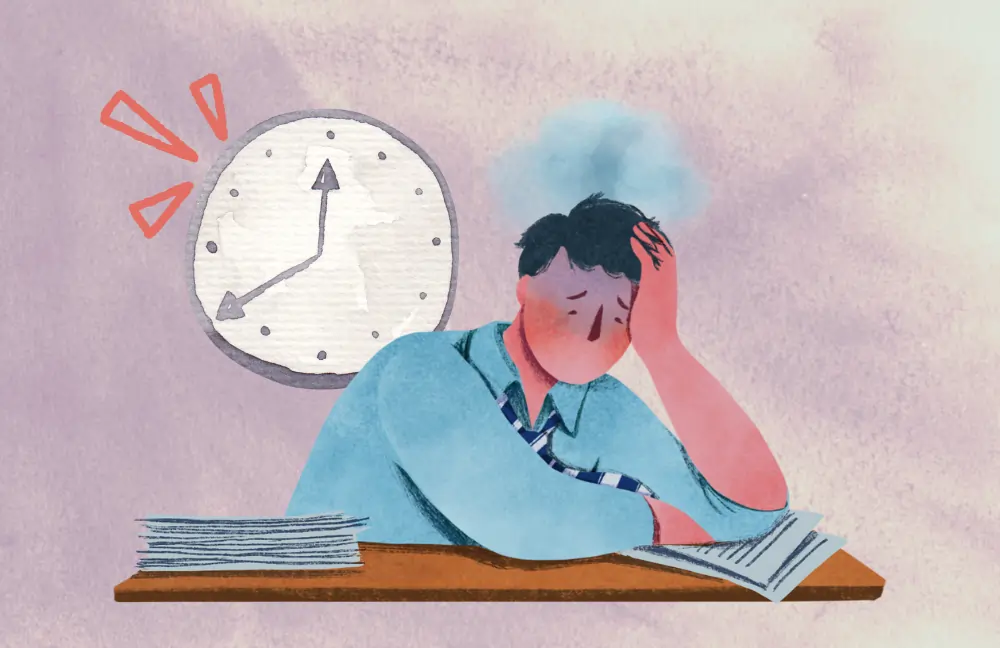
5 Time Wasters You Need to Overcome
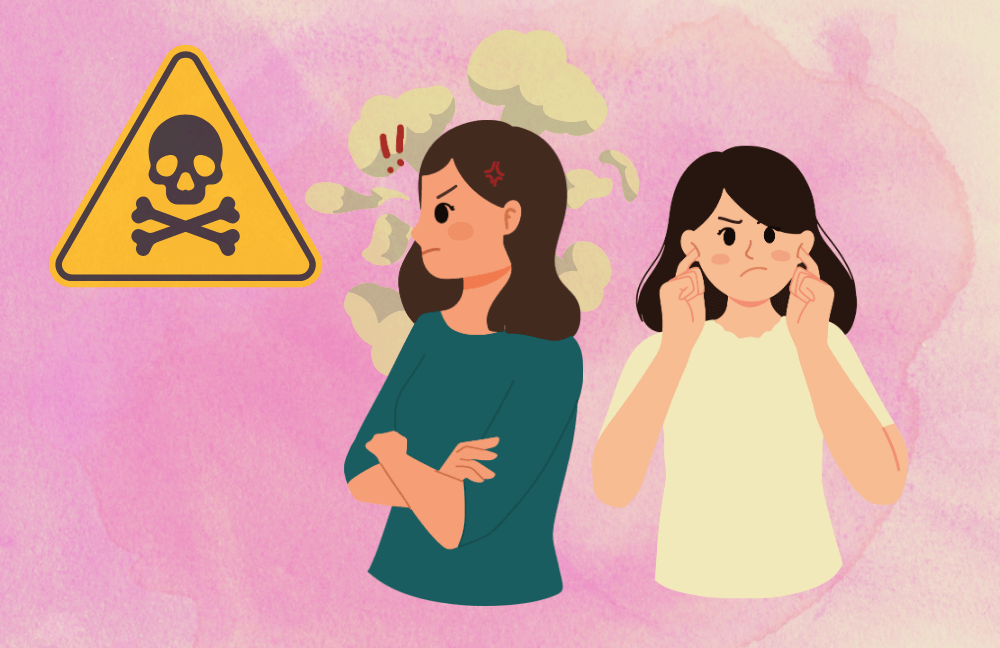
5 Ways To Deal With A Toxic Coworker

Insecurity Plaguing Your Relationships? Discover Why


